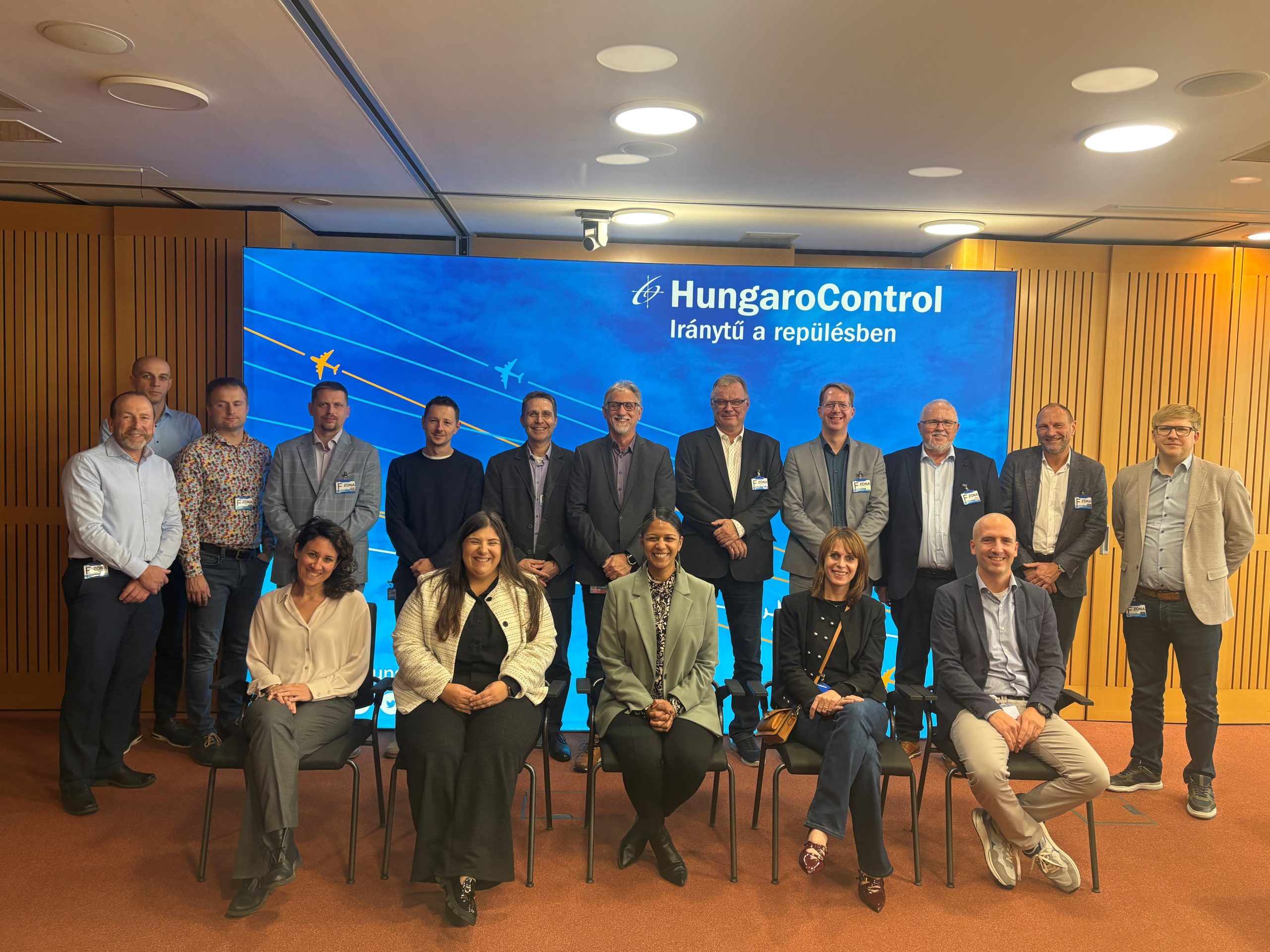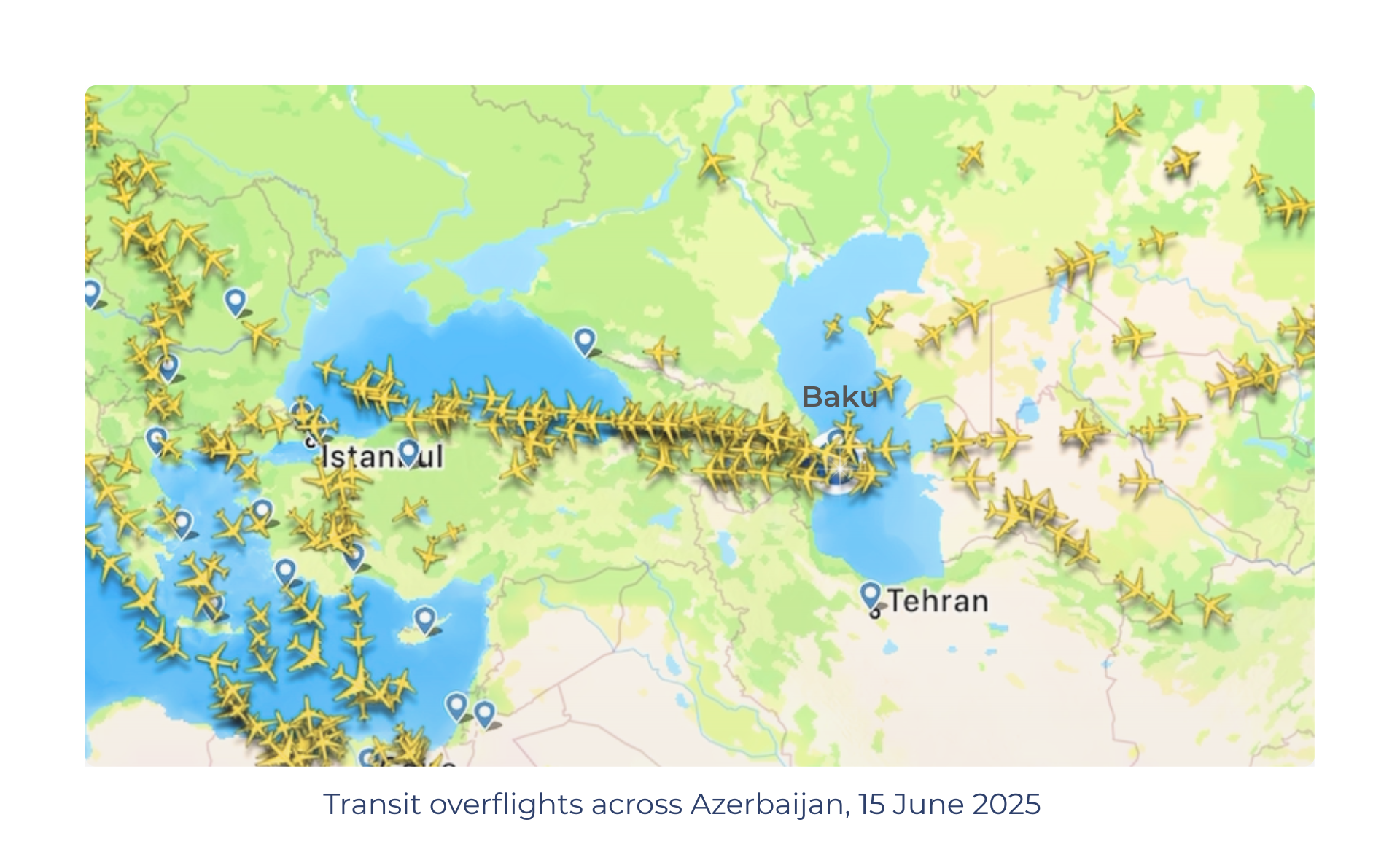Why States are key to improving aviation’s environmental performance
CANSO Director ICAO Affairs, Nico Voorbach, explores the importance of effective management and investment in improving aviation’s environmental performance.
During the ICAO Environment Symposium this week, I took part in the ‘Three years to prepare for the next 30’ session, highlighting that the main challenge for air traffic management (ATM) is the growth in air traffic. Without effective management and investment, this can lead to congestion, capacity constraints and delays. Therefore it is vital that we find ways to continue to meet this demand and build a strong sustainable industry for the future.
As I explored in a blog earlier this week, CANSO and its Members are focused on delivering improvements to handle the forecast growth in traffic and to make it even safer, more efficient and effective. This can be achieved by modernising infrastructure and implementing new technologies, and by championing new operational procedures and processes.
While new technologies and procedures are helping to reduce the environmental impact of aviation, the ATM industry also needs the support of ICAO and States to deliver far-reaching improvements and ensure that the industry is fit for a sustainable future.
On a practical level, this means continuing to drive the implementation of the Aviation System Block Upgrades (ASBUs), which provide an organised and standard methodology for States to modernise ATM and help States ‘leapfrog’ to the latest technologies.
States also need to support innovation and help make investment for new infrastructure and technology available. While States do not necessarily have to provide the funding themselves, they do need a clear strategy and policy for aviation and ATM at not just national but also regional level. This requires long-term planning and not short-term budgeting.
States should also make sure there is proper governance of ANSPs, developing agile, performance-driven ANSP structures capable of improving sustainability while providing an efficient and safe service.
Finally, States can help to improve the efficiency of ATM by ensuring legal and regulatory frameworks are performance-based, and that global standards are harmonised to ensure global interoperability and fragmentation is reduced. This ensures operations are more efficient, our skies are seamless and the environment is protected.
What is next?
Following a busy week of discussions with our industry partners and stakeholders, ICAO and States, it is clear that the aviation industry is on track to meet its challenging environmental targets on our journey towards ‘destination green’. ANSPs are playing their part in implementing the new operational measures, but close coordination between ICAO, States and industry stakeholders is essential.
For its part, CANSO welcomes its role in helping to improve aviation’s environmental performance and is committed to playing an active part in cross-industry initiatives in the future.
To find out more about CANSO’s approach to sustainability, please view CANSO’s Fit for the Future: Sustainability factsheet, or get in touch with the team.




